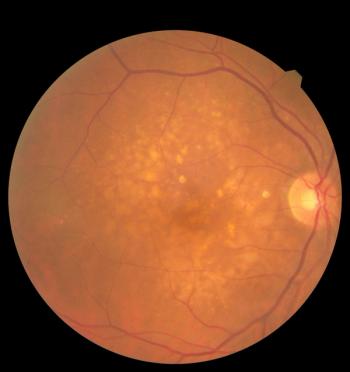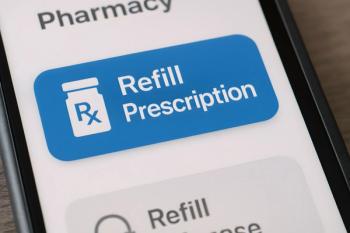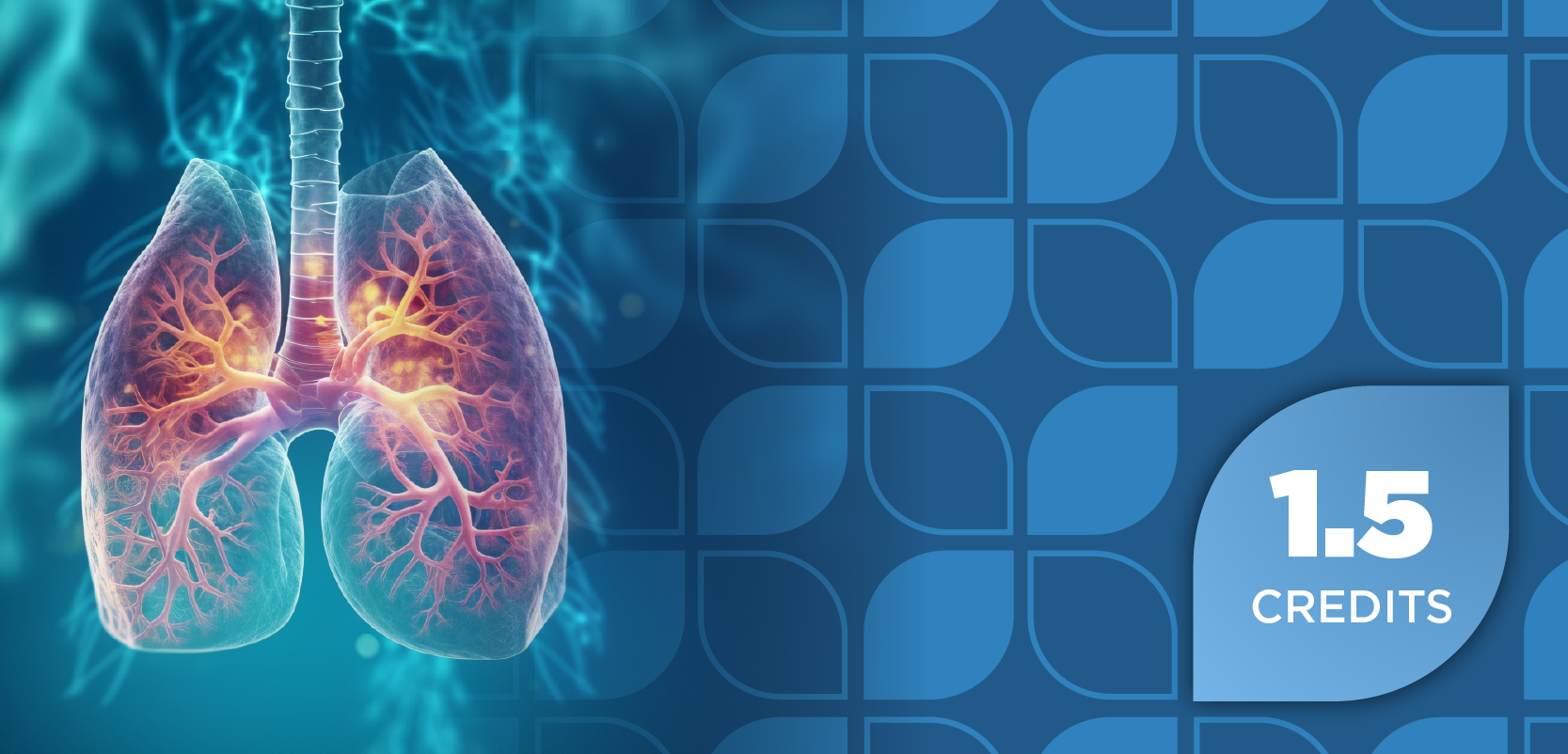
Helping Pharmacists Excel in the ‘New Normal’
With more work and less staff, we need to examine how we can better support pharmacists in the new normal brought on by COVID-19.
Pharmacists’ roles are not what they used to be in pre-COVID times and likely won’t return to that way for quite some time, if ever. Pharmacists continue to combat COVID-19 with vaccination efforts and testing coupled with COVID-19 fallouts, such as the decline in
And though pharmacists haven't slowed down, the overwork is catching up with them. In one
With more work and less staff, we need to examine how we can better support pharmacists in this new normal. Here are some successes I've seen over the past year and a half that we should leverage and sustain moving forward.
Innovative uses of health IT tools
Having clear and direct communication between pharmacies and primary care providers has always been important but has proven to be even more essential this past year, especially given the critical role pharmacies have played in COVID-19 vaccine distribution. But archaic tools such as fax machines or phone calls weren't the reason for success—it was pharmacies' innovative use of existing technology to deliver information and care at remarkable speed.
Pharmacies have used Clinical Direct Messaging tools to electronically send COVID-19 vaccine information to primary care providers rather than relying on outdated and timelier mechanisms. Since December 2020, pharmacies across the country have used the technology to send more than
Pharmacists aren't alone in their innovative efforts. Since February 2020, 41 health systems have leveraged clinical direct messaging to send more than 14 million electronic case reports for COVID-19 diagnoses to public health agencies across 64 jurisdictions nationwide.
Looking ahead, pharmacies should continue to leverage clinical direct messaging to communicate COVID-19 and flu vaccine statuses. This will be especially important this year as immunity to the flu viruses has
Heighten the focus on pharmacist and patient relationships
Pharmacists face an uphill battle developing relationships with their patients. A patient-pharmacist interaction tends to be the last stop on a sometimes long and difficult health care journey for a patient. After a physician visit, labs, tests, and possibly a procedure, patients may not want to add the additional step of going to the pharmacy.
Patient issues aren't the only barriers separating them from their pharmacists. On the other side of the counter, the pharmacists have new workloads because of COVID-19 while continuing to fulfill their other duties, such as medication dispensing, insurance issues, phone calls, paperwork, and more.
But despite all this, pharmacists and patients' relationships are changing.
More people are
But most pharmacists don’t regularly feel prepared to field these questions. The same survey found only 21% of pharmacists felt like they had access to all the patient information they needed to confidently provide proper medication and therapy advice.
Health information technology, such as price transparency tools, can help pharmacists proactively address cost concerns and help patients adhere to their medication regimens more effectively. Nearly all patients (94%) who've skipped a medication because of cost say
One independent pharmacy owner
By minimizing the time pharmacists spend trying to understand the patient's drug benefit and out-of-pocket cost, pharmacies also minimize the time customers have to wait, which means happier patients who trust their pharmacy and keep coming back. All this together can help pharmacists and patients grow their relationship.
Tap technology to streamline administrative burdens
With all these new COVID-19 related workstreams, limited support staff and the growing relationship between pharmacists and patients, pharmacists’ time is precious. A recent poll found that nearly 8 in 10 pharmacists cited increased work volume contributing to growing stress levels, and 37% pointed specifically to increased paperwork. In another survey, manual
The good news is that pharmacies are accelerating their use of technology to streamline these administrative burdens. A
The past year and a half has been a period of time like no other, but what is impressive is that there is a lot of great and hopeful changes to pharmacists' roles. Pharmacists have shown their ability to adapt and grow—and it's essential we support them through this process. Fortunately, technology that already exists today can help streamline pharmacists' administrative burdens and allow them to operate at full strength.
*Figures reported as of August 10, 2021
Newsletter
Stay informed on drug updates, treatment guidelines, and pharmacy practice trends—subscribe to Pharmacy Times for weekly clinical insights.








































































































































































































